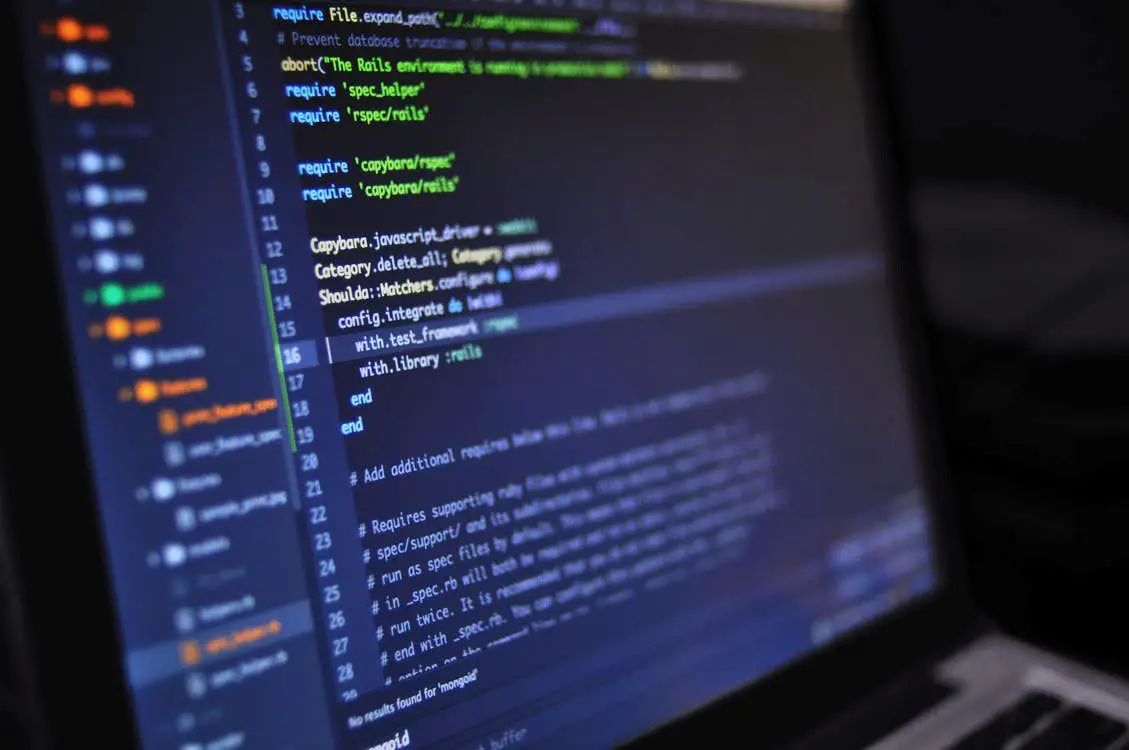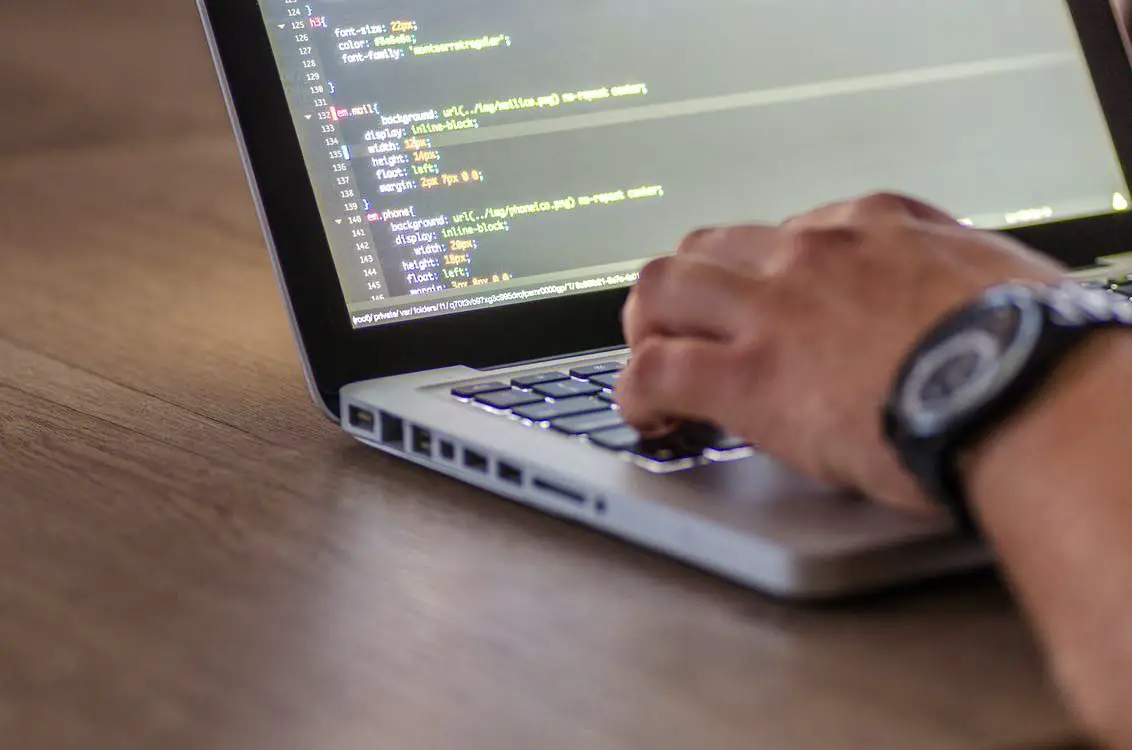
Considering the computer and everything connected with it and work on it, conditionally divided into two parts: Hardware and software. These are two directions in computer technology, mutually conditioning the development of each other.
Hardware is all the electronic stuffing of the computer and the necessary peripheral equipment. The processor, the electronic boards, the storage devices, the monitor, the keyboard – all this belongs to the hardware.

Software is a set of software products needed to perform their tasks. The software is the bridge that allows connecting the person with the PC, arranges the interface convenient for the decision of concrete tasks, and automates a necessary set of commands and operations. The program turns out to be the interpreter, with the help of which we can tell the machine what we want it to do, activate the necessary hardware, and perform the necessary operations. Each task has its translator. The most important of these interpreters is the operating system, which provides the lowest level of communication with the machine. It organizes the automated execution of basic operations and commands. Other programs here look already like add-ins providing already indirect transfer of commands to the machine through the operating system.
The composition of a computer system is called its configuration. Modern computers have a block design. The hardware configuration required to perform specific types of work can be assembled from ready-made blocks and flexibly changed as needed.
Coordination between the individual blocks is accomplished through devices called hardware interfaces. The standards for hardware interfaces are called protocols. Hardware interfaces are divided into serial and parallel.
Serial interfaces transfer data sequentially, bit by bit, and therefore provide low data rates and have a simple design. They are used to connect slow devices, as well as in cases where there are no limits on the duration of data exchange, such as connecting a keyboard and mouse. The data transfer rate of a serial interface is measured in bits per second.
Parallel interfaces allow data to be transmitted simultaneously in groups of bits, which increases the data transfer rate. The number of bits in a group is called the interface bit rate. There are 8-bit, 16-bit, 32-bit, and 64-bit interfaces. They are more complex than serial interfaces. They are used where data transfer speed is important: for connecting printing devices, graphics input devices, external storage devices, etc. The performance of parallel interfaces is measured in bytes per second.
Currently, the basic hardware configuration of a personal computer includes the following devices:
- system unit;
- monitor;
- keyboard;
Exceptions are monoblocks, where the system unit and monitor are combined into a single unit, and a touchscreen display can be used instead of a keyboard and mouse.
Hardware
Internal devices
The system unit is the main unit of the computer, inside which the most important components are installed. The devices inside the system unit are called internal devices and the devices connected to it from the outside are called external or peripheral devices. External devices are most input/output devices and some devices designed for long-term data storage.
Internal devices are:
- The motherboard;
- central processing unit;
- RAM;
- hard disk drive;
- video card;
- sound card (integrated on the motherboard or connected via interfaces);
- CD drive;
- The motherboard contains:
- a set of chips that control the operation of the computer’s internal devices;
- Buses – sets of wires that allow signals to be exchanged between the computer’s internal devices;
- A persistent storage device – a chip designed to store some important data when the computer is turned off;
- an operating memory device;
- connectors for additional devices.

Peripheral devices
Peripheral devices are connected to the system unit and are designed to perform auxiliary operations. They give the computing system flexibility and versatility. Peripherals include monitors, keyboards, mice, printers, scanners, modems, and some other devices for input, output, and storage, as well as for data exchange.
Monitor, is the main peripheral device of the computer and serves both to display information entered by input devices and to provide messages to the user, as well as to display the results obtained in the course of the work. The monitor is connected via a video card.
Software
The ultimate goal of executing any program is to control the hardware. Software and hardware work in continuous interaction, and their division is rather conventional.
There is a relationship between the programs as well as between the hardware, so we can talk about a software interface. The software interface is based on protocols – agreements on the interaction of programs. The software of a computer system is divided into several interacting levels. Each next level relies on the software of previous levels. This division of software simplifies the development and operation of programs. Each successive level increases the functionality of the entire system.
Software levels
Basic level. This is the lowest level of software. The basic software is responsible for interacting with the underlying hardware. It is usually part of the basic hardware and is stored in special chips called permanent memory devices ROM, or Read-Only Memory (ROM). Programs and data are written to the ROM at the stage of its manufacture and cannot be changed during operation.
System-level. This level provides the interaction of other programs of the computing system with the base level programs and directly with the hardware. The operational indicators of the whole computer system largely depend on the programs of this level. When new hardware is connected to the system, a program must be installed on the system level to ensure that other programs interact with the hardware. Specific programs responsible for interaction with specific devices are called device drivers.
Service Level. Software at this level interacts with both base-level software and system-level software. The utility programs are called utilities. They are designed to automate the work of checking, adjusting, and configuring the computer system, as well as expanding and improving the functions of the system programs.
Application-level. The software of this level is a set of application programs with which to perform specific work at a given workplace. The range of possible applications of the computer system depends on the availability of application programs for different activities. The breadth of functionality of the computer directly depends on the type of operating system used.
Conclusion
Computer technology is used in almost every aspect of modern society. And in this article we’ve covered everything in detail about hardware and software, we hope you found it useful.